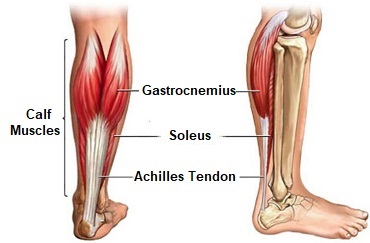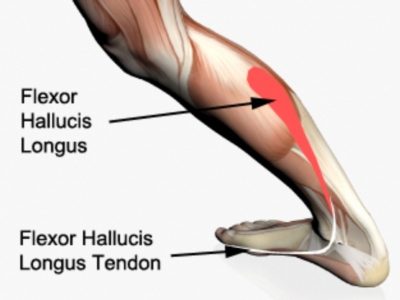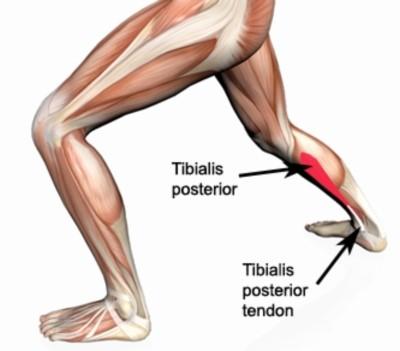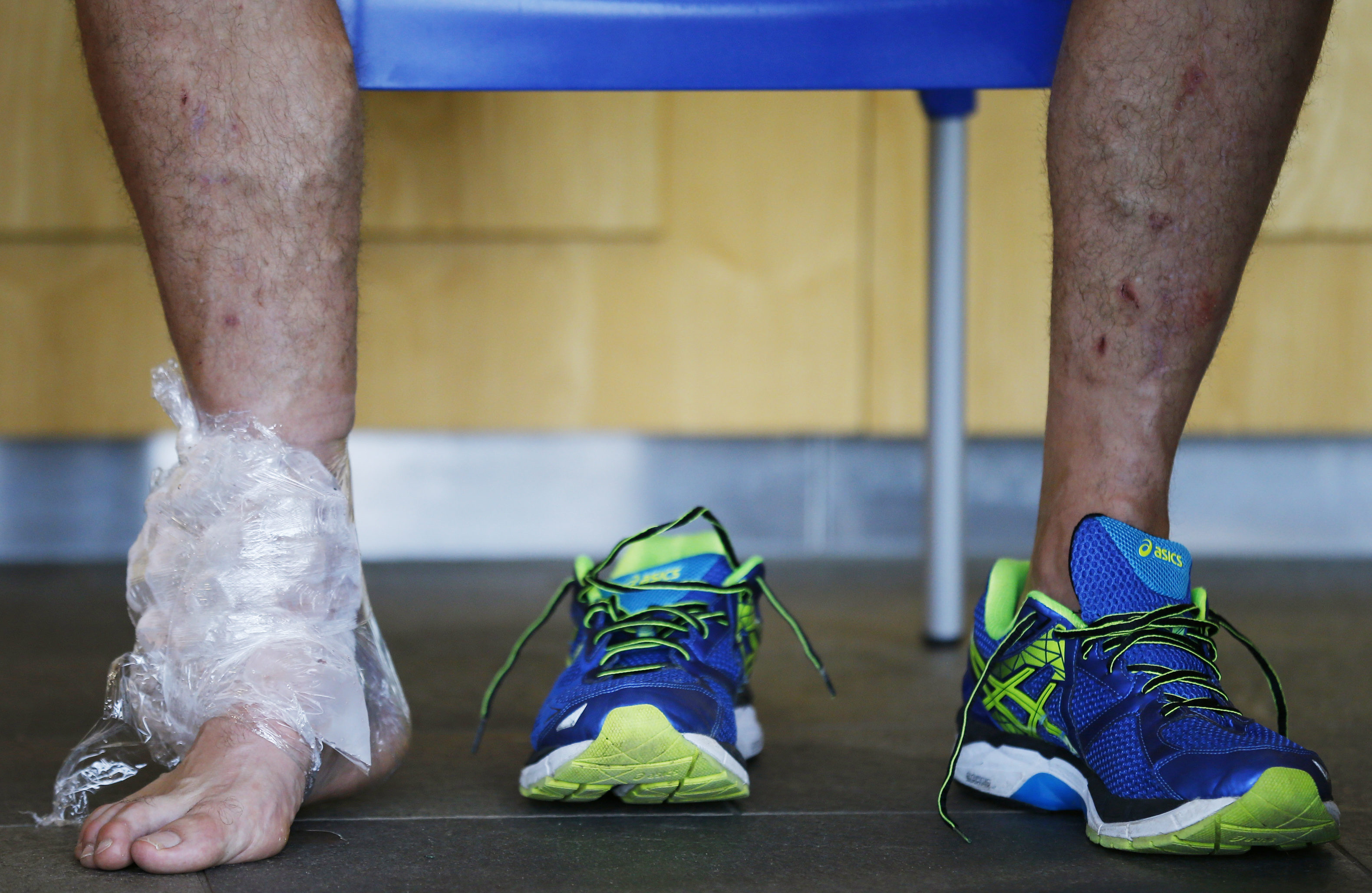Plantar Flexion - What It Is And Why It Matters
Learn about Plantar Flexion and the muscles responsible for ankle and toe movements.
Author:Katharine TateReviewer:Karan EmeryApr 10, 2023267.8K Shares3.5M Views
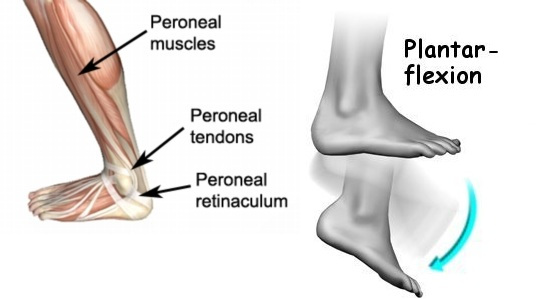
Though unaware of the term Plantar Flexion, people are using it in their daily activities. Plantar Flexion is a scientific name for an ankle movement wherein your toes point inward or downward. You usually use it when you point your toes or stand on it, which is typical for ballet dancers. You also use it when you are doing leg stretches.
The range of plantar flexion motion varies from person to person. It is usually between 20-50-degree angle, but ballet dancers need to achieve an extreme range of motion. Although looking at ballet dancers tiptoeing beyond the normal is mesmerizing, you should not copy them. Doing it without proper training might lead to some complications or injuries.
Some activities we usually do that uses plantar flexion are the following:
- Stretching of the lower leg
- Stretching of the lower leg
- Running
- Jumping
- Dancing
- Biking
- Swimming
- Walking
Anatomy Of Plantar Flexion
Learning more about plantar flexion includes learning about the components that cause or control this movement. Those components are muscles around the ankle, foot, and leg that coordinate to allow movement on foot. Below are the muscles involved in plantar flexion.
Gastrocnemius
This muscle comprises half of the calf muscle. It runs from the back of the knee and extends to the Achilles tendon at the heel. Most work of plantar flexion is done by gastrocnemius.
Soleus
This muscle is also one of the calf muscles like the gastrocnemius. Both soleus and gastrocnemius create the Achilles tendon. This muscle plays an essential role in plantar flexion because the soleus is needed to lift your foot away from the ground.
Plantaris
Plantaris is a long and thin muscle that is located at the back of the leg. It runs from the end of the thigh bone to the Achilles tendon.
Plantaris is one of the vital muscles responsible for plantar flexion. It works with the Achilles tendon to move your ankle and knee joints. This muscle allows you to use your toes to stand-up.
Flexor Hallucis Longus
Flexor Hallucis Longus is a muscle that is located deep in your leg. Unlike the previously mentioned muscles, this muscle runs from the lower leg to the big toe instead of the Achilles tendon. This muscle is responsible for flexing your big toe to help you steady yourself upright while walking and balancing on your tiptoe.
Flexor Digitorum Longus
This is another muscle found in the leg. It starts thin from the top near the soleus muscle but gradually widens as it runs down to the feet' sole. This muscle is responsible for flexing the rest of the toes.
Tibialis Posterior
This one is the last deep muscle in the leg. Though smaller than the previous two, Tibialis Posterior is vital for stabilizing the ankle and leg.
Peroneus Longus
Also known as Fibularis Lungus, this muscle extends from the side of the lower leg to the big toe. Together with the tibialis posterior, they are essential in keeping your ankle steady when you are on your toes.

Peroneus Brevis
Fibularis Brevisis the more common term used for Peroneus Brevis.This muscle is found under the Fibularis Lungus. "Brevis" is the Latin for "short," this muscle is shorter than the peroneus longus. Like the longus, this also helps to keep the foot stable.
Common Injuries Affecting Plantar Flexion
It is essential to keep these leg muscles in good condition as they work together to keep the body in balance when doing plantar flexion. Some people have weak balancing abilities. That is because one of the muscles responsible for plantar flexion has been ruptured or broken. This scenario will then lead to an injury that may result in limited movement in the ankles and toes for a prolonged period of time.
Injuries like sprains and fractures are some of the common plantar flexion problems. These kinds of injuries could be taken from doing rigorous activities such as sports that involve quick changing of direction. The joints at your ankle, the muscles in your calf, and your foot's arch absorb the impact when your foot propels you forward while running or when you change direction quickly. That impact then puts stress on the muscles involved in plantar flexion, which causes the damage.
You can easily spot if a muscle is injured. The area becomes swollen. This swelling then limits the movement because of distressing pain. Injuries can be mild or severe, and depending on the severity of the injury, one might not walk or point the toes until it heals.
Some injuries involving plantar flexion are as follows:
Os Trigonum Injuries
The repetitive flexing of the Plantar Flexion results in an injury called Os Trigonum or Cartilaginous Synchondrosis Disruption. People who are susceptible to such morbidity are the dancer and athletes in kicking sports like taekwondo. That is because their ankle is in a forced plantarflexed position. If left untreated, this injury could lead to other difficulties such as frequent ankle sprains.
Turf Toe
This injury involves a wide range of damages on the plantar aspect of the joint. This injury could be a cause of an impact from having contact with another person or player. If misdiagnosed, this could lead to much more fatal and long-term conditions such as deformity or persistent pain.
Navicular Stress Fractures
This injury is caused when the bone is under stress. The stress fractures usually occur during the pivotal phase of running, which is the foot-strike phase. If untreated, this could lead to chronic pain and disability.
There are a lot of injuries associated with Plantar Flexion. Most of them involve sprain or fracture on the ankledue to excessive plantar flexing or accidental flexing that ruptures the muscles and ligaments.
Treating Plantar Flexion Injuries
Ways to treat an injury varies from injury to injury. It all depends on the severity and characteristic of such damage. Some could be treated by compressing ice into the swollen part. A common way of treating mild sprains is by using the RICE method:
- Rest: you should let your ankle rest. And while doing so, do not put weight on the injured part.
- Ice: Ice helps lessen swelling and inflammation. Place ice covered in a cloth to the injured area or swollen part for about 15-20 minutes, several times a day until the swelling goes down.
- Compression: compressing the injured area with a bandage will help minimize the swelling.
- Elevation: always elevate the injured foot using a pillow or any other soft material that would help elevate it above heart level.
Severe injuries like fractures will need a splint or cast. When using a cast, one would not be able to put weight on the fractured ankle, thus limiting the movement.
Injuries that cannot be treated using splints and castswill have to undergo surgery. People who have injuries affecting the Plantar Flexion would need the help of a physical therapist to strengthen the muscles and tendons that were broken by the damage caused by the injury.
Ways To Prevent Plantar Flexion Injuries
Making the muscles and bones healthyis one way to take good care of the body. In preventing injuries from happening involving the plantar flexion, one must do normal mobility and strength exercises like stretching. Strengthening the muscles and joints would be a great help in protecting the ankle.
If you don't know what exercises to do to avoid plantar flexion related injuries, you can also approach a physical therapist. Strengthening the muscles is one of the focuses of physical therapy.
Aside from that, footwearis also a factor in keeping your ankle healthy and robust. Avoid shoes that are too tight for your fit. Also, avoid high-heeled shoes, mostly if you will walk for a long time. Wearing something that doesn't properly support your ankle would cause inflammation on your ankle and leg muscles.
Another way to prevent plantar flexion injuries is to take careful steps when walking over uneven grounds. This step would include the posture and the walking patterns of a person. In most cases, the ankle's twisting is caused by an incorrect walking pattern or landing after jumping.
A Short Reminder
Plantar Flexion is a vital component in the flexibility of our body. Without it, we won't be able to perform simple tasks like walking, running, or jumping. Our lives would be so different and difficult. The flexibility of our ankles allows us to move freely and easily. Every muscle in the Plantar Flexion has its specific function. It is worthwhile that we know each of these muscles, so we learn how we can take good care of them.
Although sprainsare sometimes seen as minimal injuries, it could lead to something serious if not given attention. The changes that happen in our bodies should be given importance, no matter how small they may be. There is no better cure for injuries, be it mild or severe, than prevention. Instead of saying that it won't happen to you, you should see that you are not overdoing plantar flexion. Always be reminded that we have limited flexibility. Hence, we need to be consciously observing our bodies.

Katharine Tate
Author

Karan Emery
Reviewer
Latest Articles
Popular Articles
